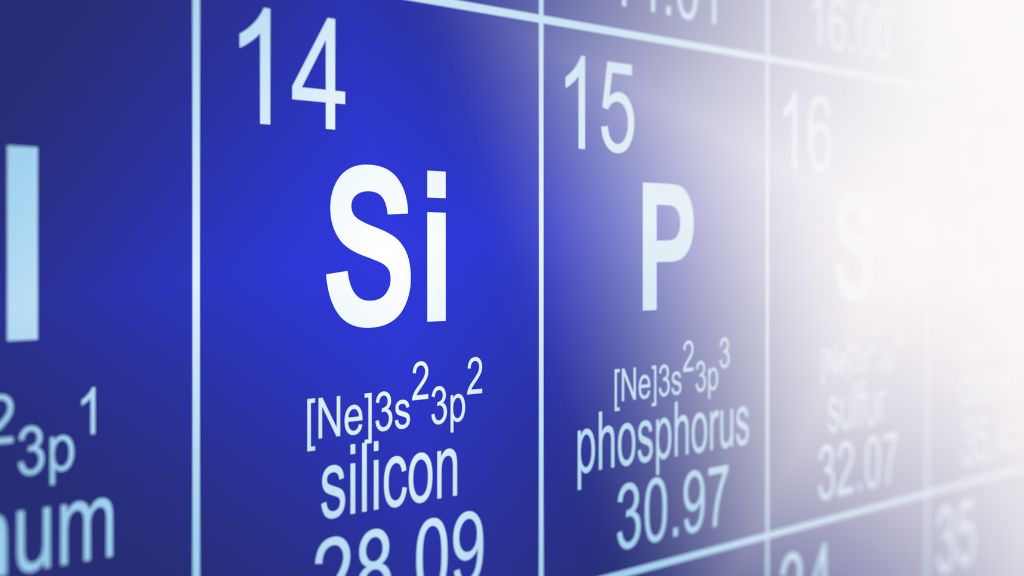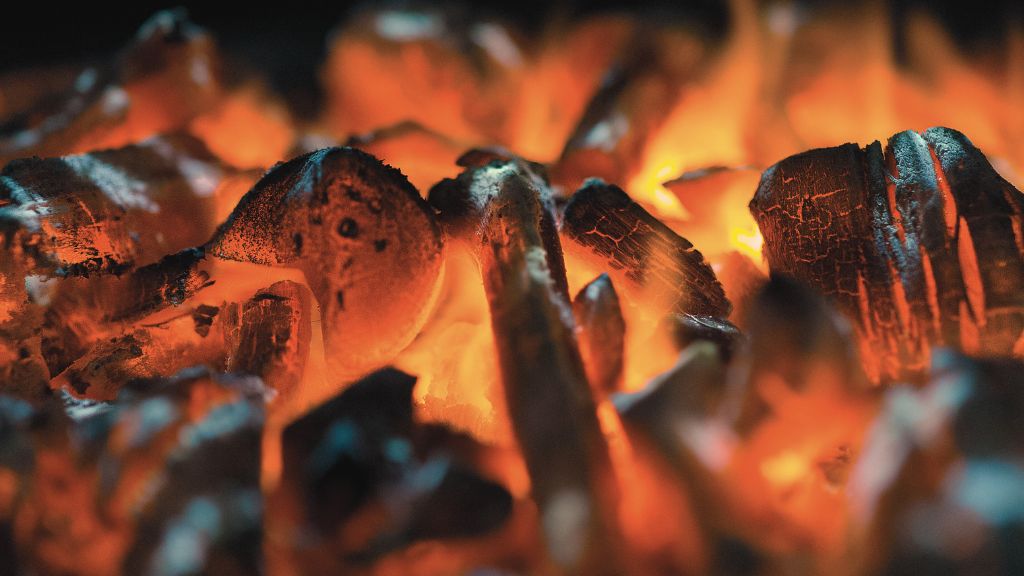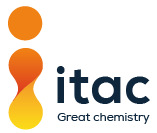Due to their unique chemical structure and properties, silicone based coatings (SBCs) can be a formidable solution for imparting flame retardancy to various textile substrates. With increasingly stringent safety standards that must be complied with, the significant increase in demand for safer textiles offering enhanced flame retardancy can be seen in multiple industries. This is especially true for environments in which exposure to fire hazards is prevalent (e.g., automotive, aerospace, protective clothing, building and construction). In these environments, textile substrates must provide aesthetic functionality and comfort, but they must also safeguard and protect against the dangers fire can pose to people, property and assets. Herein, we consider the fundamentals of silicone chemistry and the beneficial properties that make SBCs ideal for enhancing flame retardancy in applications using technical textiles (i.e., textiles engineered and manufactured specifically to serve functional purposes beyond traditional apparel and home-furnishing applications).

Understanding silicone
Silicone is a versatile polymer comprising repeating units of silicon and oxygen with organic methyl or phenyl groups attached to silicon atoms. This unique chemical structure provides silicone with its thermal stability, high resistance to weathering, flexibility, durability and chemical inertness. Furthermore, the methyl and phenyl groups enable the “tailoring” of properties to meet specific end-use requirements (e.g., manufacturing, storage, applications). These characteristics combined provide a wide range of functionalities and versatility in the design and engineering of materials for a diverse range of products and applications. Let us examine in more detail the characteristics that make SBCs indispensable for the enhanced flame retardancy of technical textiles.
High thermal stability and low flammability of silicone based coatings
SBCs possess an inherent resistance to high temperatures due to the presence of silicon and oxygen elements. These form the backbone of the silicone polymer and impart thermal stability in the coating formulation. This phenomenon slows down the rate of heat transfer and combustion of the treated fabric in the event of fire. Furthermore, upon exposure to flames, a char layer forms on the substrate that shields against further combustion. This action enables the textile substrate to maintain its integrity for longer and slows down the spread of flames. Together with suppressing the generation of dense smoke in a fire, this reaction enables more time for people to evacuate, facilitates visibility and mitigates the risks of extensive damage.

Environmental stability and durability of silicone based coatings
With high resistance to environmental factors such as moisture, ultraviolet radiation, chemicals and oils, SBCs provide the durability needed to ensure the longevity of their flame-retardant properties. This phenomenon maintains the efficacy of the flame-retardant fabric over time and after repeated use. For example, in harsh chemical environments or for applications exposed to rigorous cleaning regimens, SBCs can help to ensure technical textiles continue to meet stringent regulations on the avoidance and control of fires. Durability is also enhanced by the flexible properties of silicone, which are crucial if a coated textile substrate is exposed to mechanical stresses, deformation or movement. These properties help to retain the functionality and integrity of the substrate without compromising its flame-retardant properties.
Versatility and compatibility of silicone based coatings
SBCs are compatible with a wide range of natural, synthetic and blended textile compositions. They penetrate the fabric structure well, forming a strong bond with the substrate while providing a uniform layer that does not change the feel or appearance of the textile. Such versatility enables application of SBCs (and their flame-retardant properties) to a diverse range of technical textile products (e.g., protective clothing, architectural fire curtains, aerospace furniture).
Final words
With a synergistic combination of unique properties, silicone based coatings play an essential part in enhancing flame retardancy for various applications of technical textiles. Their thermal stability, low flammability, smoke suppression, durability, chemical inertness and compatibility with diverse textile substrates safeguard lives, property and other assets. The everyday utility and essentiality of silicone based coatings for the world around us should not be understated.
For more than a decade, ITAC have manufactured and supplied an intumescent silicone graphite coating as a form of “passive” fire protection on technical fabrics. We would be pleased to hear about your current or future challenges regarding the application of fire-retardancy coatings. Please call 01204 573736, email info@itac.uk.com or complete a simple contact form and we will ensure your enquiry is dealt with promptly.






